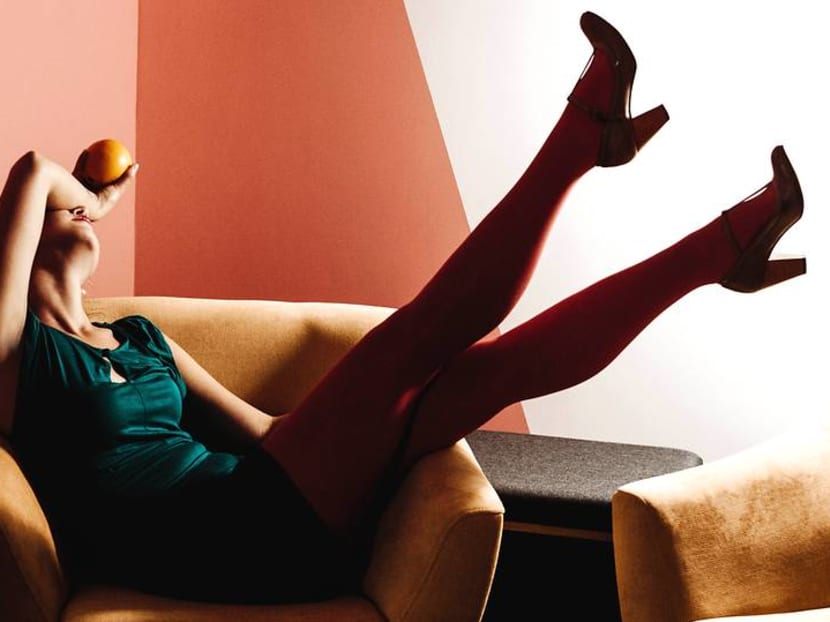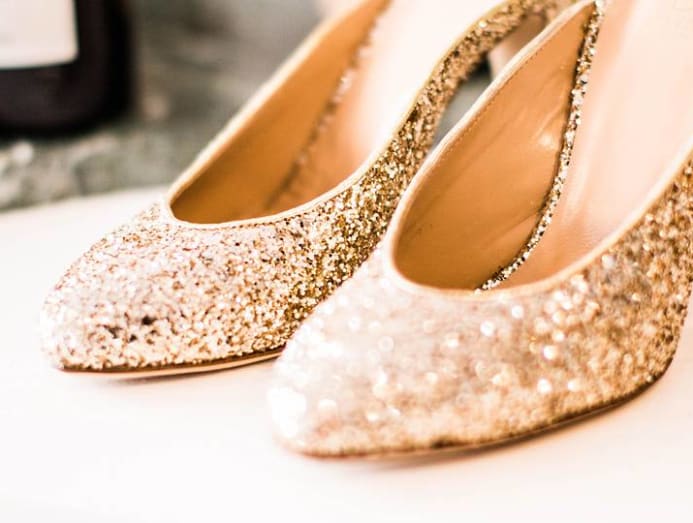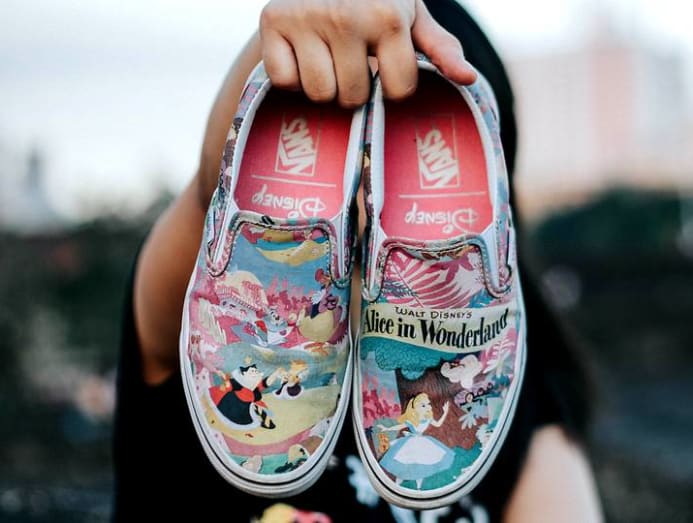Blisters and other party feet woes: How to prevent and treat them
CNA Lifestyle brings you expert tips - and they're not just for the ladies. Guys can benefit, too.

(Photo: Unsplash/Hanna Postova)
It’s the season of merry making, dancing, carousing and lots of walking.
And as you can already anticipate, it’s the season of blisters, too, with the new shoes you’re planning on wearing.
But it doesn’t have to be about hobbling from one party to another, or breaking out your Birkies to save yourself from blisters, strained arches and other uncomfortable foot problems.
Here’s a look at how you can help yourself from the ankles down.
BLISTERS
These fluid-filled bumps are often the result of pressure, friction and moisture, so keeping a step ahead of blisters forming means keeping the trifecta under control.
Pressure control is about buying shoes that fit you – that is, not too narrow or short for your feet.
“If, upon trying the shoes, signs of irritation are already present, they are likely to persist,” said Kuah Bao Peng, senior podiatrist with Changi General Hospital.
Before heading out, apply a body lotion, foot balm or even good ol’ petroleum jelly onto potential hot spots on your feet to minimise friction.
If your feet tend to perspire a lot, wearing moisture-wicking socks is a good way to soak up the moisture.
Fun socks made of polyester (don’t choose cotton) can also jazz up your outfit and provide a protective barrier for your feet, said Kuah.
UH-OH: You feel a hot spot threatening to turn into a full-blown blister.
Even if you don’t, check your feet regularly, said Kuah, especially when wearing new footwear, to monitor for signs of rubbing and irritation.
If you spot them, adjust your socks or shoes to shift the pressure.
Carry some baby powder and sprinkle it onto your feet if they feel damp. It’s also the time to whip out your plasters.
But if it’s too late and blisters have already popped up, here’s what Dr Lee Shan Xian, consultant dermatologist from Changi General Hospital advised: “Small blisters should be left intact, and plasters can be applied over them to help compress and disperse the fluid.”
For large blisters, go ahead and burst them with a sterile needle after cleaning the area with an antiseptic.
Let the fluid drain and apply a simple dressing, said Dr Lee. But do not peel the skin off the top of the blister, he added, as it acts as a natural barrier against irritation and infection.

Blisters can take up to two weeks to heal and during this time, keep a bandage on them, said Dr Lee.
Naturally, don't wear the same shoes that caused the blisters in the first place until they have healed.
BURNING FEET
While heels are stylish and make women (and some men) feel tall and confident, they aren’t good for comfort.
“High heels cause the foot to slide forward, causing overloading at the ball of the foot,” said Kuah.
It gets worse if the shoe has a pointy toebox as the toes are squeezed into the narrow space.
But if your festive outfit calls for heels, Kuah has these tips. For starters, choose heels with a round toebox to give your forefoot some wiggle room.
It is also worth considering platform heels or wedges over stilettoes as anything with a narrow heel and midfoot design will mean unstable steps, said Kuah.
To take some of the load off the balls of the feet, he recommended looking for heels with arch support.
A bigger contact area between the arch of the shoe and the foot will do the trick, he said.
As for the perfect height? “There is no scientific answer to this.
"Some women can get away with higher heels because their joints are more flexible, their forefoot is narrower or simply because they stick with platforms,” said Dr Gowreeson Thevendran, consultant and specialist in orthopaedic surgery at Raffles Orthopaedic Centre.
UH-OH: You’ve lost track of time and your forefeet feel like they’re on fire. This usually happens when your feet have been in heels for too long.
“Stick-on cushion or pads can help to improve the comfort,” said Kuah.
“But ensure that there is adequate space at the toebox to accommodate the thickness of these pads, or it could worsen the symptoms.”
Or you could bring along a pair of flats to give your feet sweet relief while you’re travelling or in-between events, said Dr Thevendran.
“Then, change into your heels or pointy shoes when you make an appearance at the door.”

PAINFUL FOOT ARCHES
First, a biology lesson: That band connecting your heel to your forefoot is known as the plantar fascia.
And in individuals with flat feet or tight calf muscles (which runners and consistent heel-wearers often have), it frequently gets tightened or inflamed.
“Keeping the calf muscles stretched and supple whilst doing regular plantar fascia stretching prevents the underlying tightness of the fascia.
In flat-footed individuals, arch support orthotics is also useful,” said Dr Thevendran.
Here is one way to stretch out your plantar fascia.
UH-OH: If pain in your arch does happen when you're out and about, remove your shoes and try this: Sit down and place your foot on your thigh.
Gently pull the toes of your propped foot back until you feel a stretch in your arch, and hold for 15 to 30 seconds.
Then, switch over to the other foot, said Kuah.
You can also perform the same stretch a few weeks before attending a party to keep your arch supple. Kuah advised doing the stretches two or three times a day.
READ: Happy feet: 5 pairs of fantasy shoes that will make you feel like Cinderella
CORNS
These hardened lumps of skin are “caused by the body’s response to increased pressure or shearing forces on the feet,” said Kuah.
“A corn is different from a callus as it consists of a central core of thickened skin. Calluses, on the other hand, consist of layers of thickened skin."
Other than to walk away from ill-fitting shoes, here’s another tip that may work as a stop-gap measure: File down the layers of hard skin above the corn with a pumice stone or foot file once a week after showering, and follow up with daily applications of moisturiser to help soften the skin, said Kuah.
“However, the thorough removal of a corn requires the use of a scalpel blade and this would require a visit to a podiatrist,” he said.
UH-OH: Keep some protective padding for corns on you for when your corns start to hurt.
These can be a soft fabric with a sticky backing or come with a cushioned ring that fits around the corn to provide temporary relief.
The downside is, they tend to come off, said Dr Thevendran.





